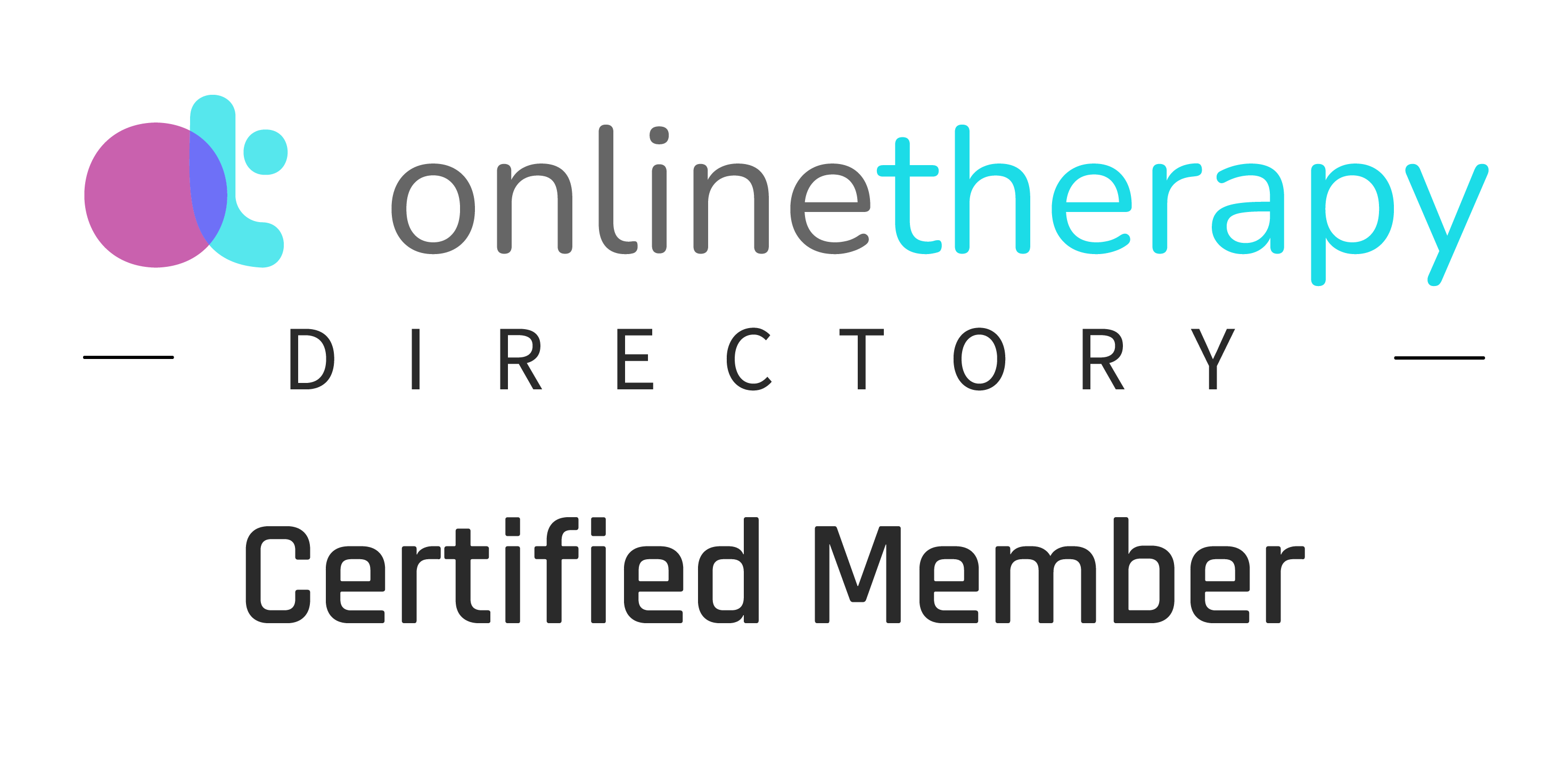In today's competitive job market, a well-crafted resume is your ticket to securing job opportunities and standing out from the crowd. Your resume serves as a marketing tool, showcasing your skills, experiences, and qualifications to potential employers. To maximize its impact, it's crucial to create an effective resume that captures attention and leaves a lasting impression. In this career coaching article, we'll provide you with essential tips and strategies to help you write a compelling and effective resume.
Understand the Purpose: Before diving into resume writing, it's important to understand its purpose. Your resume should not merely be a summary of your work history, but rather a strategic document that highlights your most relevant accomplishments and skills. Its goal is to pique the interest of hiring managers, showcase your value proposition, and secure an interview.
Tailor Your Resume for Each Opportunity: Customization is key when it comes to writing an effective resume. Take the time to carefully review the job description and research the company you're applying to. Tailor your resume to match their requirements and align with their values and culture. Highlight specific skills, experiences, and achievements that are most relevant to the role you're targeting.
Choose the Right Resume Format: There are various resume formats to choose from, including chronological, functional, and combination formats. Select the format that best suits your experience and the job you're applying for. For most professionals, the chronological format, which lists your work history in reverse order, is the most common and effective choice. However, if you're changing careers or have employment gaps, a functional or combination format might be more suitable.
Create a Professional Summary or Objective Statement: Begin your resume with a concise professional summary or objective statement that captures the essence of your career and what you bring to the table. This section should be tailored to the specific job and highlight your key skills and accomplishments. Use compelling language and concise bullet points to make an immediate impact.
Highlight Achievements and Results: Instead of just listing job responsibilities, focus on your achievements and results. Quantify your accomplishments whenever possible to provide tangible evidence of your success. Use action verbs to start each bullet point and emphasize the impact you made in your previous roles. Employers are more interested in what you achieved than simply what you did.
Showcase Relevant Skills: Identify the key skills required for the job and ensure they are prominently displayed on your resume. Include both hard skills (e.g., proficiency in a specific software, project management) and soft skills (e.g., communication, leadership) that are relevant to the role. Provide specific examples or situations where you have demonstrated these skills to further substantiate your claims.
Keep it Concise and Readable: Recruiters often spend a short amount of time reviewing resumes, so it's important to make yours easy to read and digest. Keep your resume concise, preferably limited to one or two pages. Use bullet points, subheadings, and white space to organize information and enhance readability. Choose a clean and professional font and ensure consistent formatting throughout.
Proofread and Edit: Typos and errors can make a negative impression on employers, so proofread your resume carefully. Pay attention to grammar, spelling, and punctuation. It's also helpful to have someone else review your resume to catch any mistakes you may have missed. Additionally, consider using action words and descriptive language to make your resume more engaging.
Include Relevant Keywords: Many companies use applicant tracking systems (ATS) to screen resumes. To ensure your resume passes through the initial automated screening, incorporate relevant keywords from the job description. However, avoid excessive keyword stuffing and maintain a natural flow.






